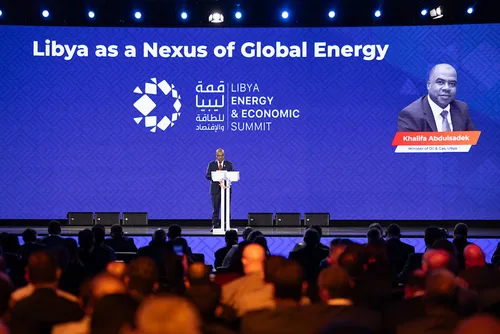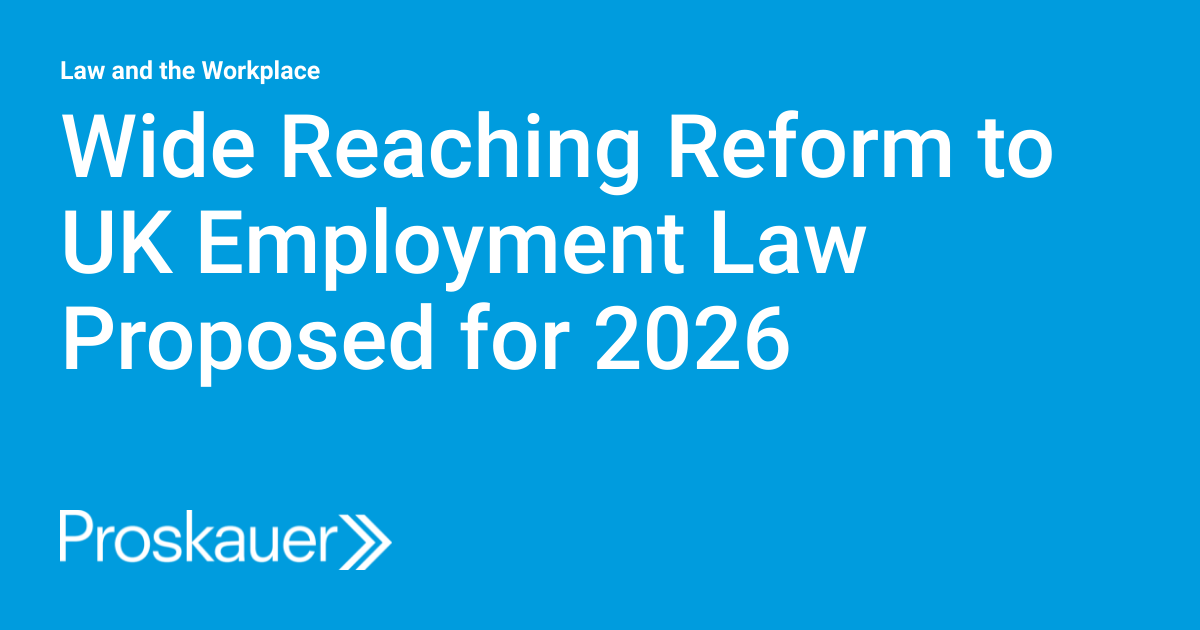MPs have rejected the withdrawal agreement - part of the Brexit deal negotiated between the UK and the EU.
This follows two previous rejections of the whole deal. So what happens next?
On 1 April MPs will hold a second day of so-called indicative votes where they consider different Brexit options.
Supporters of the process will be hoping for a different outcome from the first round. On 27 March none of the proposals that were put forward achieved a majority.
If the Commons does get behind an alternative Brexit plan, then attention will focus on the government's response.
If it cannot, then the future will again be very uncertain. There could be a further delay to Brexit which would mean the UK taking part in EU Parliament elections in May.
European Council President Donald Tusk has announced a summit for 10 April.
Beyond that, though, there are still many possibilities.
- No deal
As things stand a no-deal Brexit would happen on 12 April in the absence of any other decisions.
It could also still happen at a later date if any further extension fails to lift the deadlock.
- Leave the EU on the PM's deal
For one thing, it would potentially enable an early exit from a long extension.
Also, if MPs repeatedly fail to come up with an alternative plan they might in the end decide to back the one deal on the table rather than any of the other alternative possibilities.
- Major renegotiation
This wouldn't be a question of carrying out minor tweaks and having a further vote.
Instead, there could be a complete renegotiation that would take some time. It would require a further delay to Brexit and the UK would have to take part in the European Parliament elections in May.
A renegotiation could lead towards one of the other styles of deal that have been suggested - perhaps something close to the so-called "Norway model" which would involve a closer relationship with the EU than the current deal proposes.
If the EU refused to re-enter negotiations, the government would have to plump for one of the other options instead.
- Another referendum
It could have the same status as the 2016 referendum, which was legally non-binding and advisory. But some MPs want to hold a binding referendum where the result would automatically take effect - like with the 2011 referendum on changing the voting system for UK general elections.
Either way, a referendum can't just happen automatically. The rules for referendums are set out in a law called the Political Parties, Elections and Referendums Act 2000.
There would have to be a new piece of legislation to make a referendum happen and to determine the rules, such as who would be allowed to vote.
It couldn't be rushed through, because there has to be time for the Electoral Commission to consider and advise on the referendum question.
The question is then defined in the legislation.
Once the legislation has been passed, the referendum couldn't happen immediately either. There would have to be a statutory "referendum period" before the vote takes place.
Experts at University College London's Constitution Unit suggest that the minimum time for all of the required steps above is about 22 weeks.
- Call a general election
She doesn't have the power just to call an election. But, as in 2017, she could ask MPs to vote for an early election under the terms of the Fixed Term Parliaments Act.
Two-thirds of all MPs would need to support the move. The earliest date for the election would be 25 working days later but it could be after that - the prime minister would choose the precise date.
- Another no-confidence vote
Under the Fixed Term Parliaments Act 2011, UK general elections are only supposed to happen every five years. The next one is due in 2022.
But a vote of no confidence lets MPs vote on whether they want the government to continue. The motion must be worded: "That this House has no confidence in Her Majesty's Government."
If a majority of MPs vote for the motion then it starts a 14-day countdown.
If during that time the current government or any other alternative government cannot win a new vote of confidence, then an early general election would be called.
That election cannot happen for at least 25 working days.
- No Brexit
With the government still committed to Brexit, it's very likely that a major event such as a further referendum or change of government would have to happen before such a move.
However, any further delay to Brexit would certainly lead to questions about whether the ultimate destination was going to be a reversal of the 2016 referendum.
It's not totally clear what the process would be. But an act of Parliament calling for Article 50 to be revoked would probably be sufficient.
Other possibilities
Theresa May has said she will step down if her deal is passed.
Having already survived a challenge to her leadership, there is no way she can be forced out by her party until December - under the Conservative Party rules.
But she could still choose to resign if she can't get her deal through and she's not prepared to change course.
That would trigger a Conservative leadership campaign which would result in the appointment of a new prime minister.
She might also come under pressure to resign if MPs pass a "censure motion" - that would be a bit like a no-confidence vote but without the same automatic consequences. Again this could lead to a change in prime minister or even a change in government.
Whoever ended up in charge would still face the same basic range of Brexit options though.
















